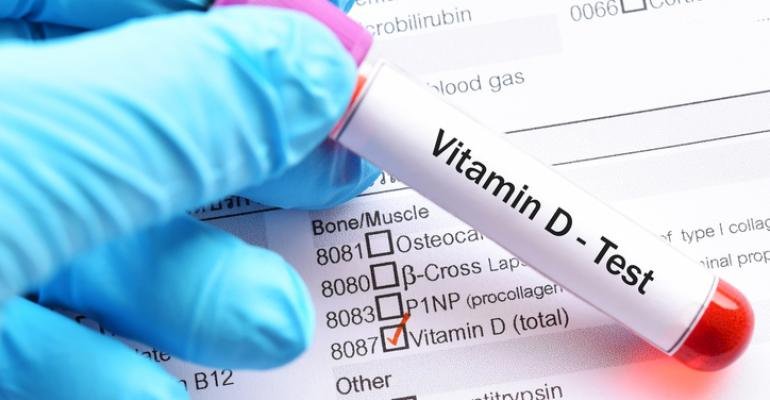
Health Problems Linked to Vitamin D Deficiency
Vitamin D is a fat-soluble vitamin. It is particularly essential for bone health and functioning of the immune system in our body. Vitamin D helps our body absorb calcium and phosphorus, and maintain strong bones and teeth.
The common signs and Symptoms of Health problems linked to Vitamin D Deficiency are:
- Frequent bone fractures due to thinning and brittle bones
- Bone and back pain
- Frequent infections
- Feeling exhausted or tired
- Mood swings with anxiety or depression
- Impaired wound healing
Health Risks Associated with Severe Vitamin D Deficiency include:
Vitamin D deficiency can result in serious health problems like Osteomalacia in adults, Rickets in children and Osteoporosis.
Osteomalacia is a characteristic feature of vitamin D deficiency in adults. Osteomalacia is softening of the bones due to demineralization (the loss of mineral) and most notably by the depletion of calcium from bone. Vitamin D deficiency in children can result in Rickets. Rickets results in softening and bending of bones.
Osteoporosis is a condition of fragile bones with increased susceptibility to fracture. Vitamin D and calcium deficiency are one of the leading causes of osteoporosis.
Research is also being conducted to study the possible relation of Vitamin D with several medical conditions, including diabetes, hypertension (high blood pressure), cancer, and autoimmune conditions such as multiple sclerosis. But, it will be too early to comment anything on this.
- Endogenous source: It is produced in our body on exposure of our skin to sunlight.
- Exogenous source: Dietary sources of vitamin D include fish, eggs, fortified dairy products, and dietary supplements.
Vitamin D requirements depend on a number of factors like age, race, geographical location, season, sun exposure, etc. A daily Vitamin D intake of 1000–4000 IU, or 25–100 micrograms, should be enough to ensure optimal blood levels in most people.
In case you are Vitamin D deficient, you can treat this condition by getting more Vitamin D through diet and supplements. Increased exposure to sunlight also helps as Vitamin D is produced in our body on exposure of skin to sunlight.
Consult your doctor to know about how much Vitamin D supplements you need to take, how often you need to take it, and how long you need to take it in case you are Vitamin D deficient.
Excess supplementation of Vitamin D can result in Vitamin D intoxication. Vitamin D levels can easily be monitored by a simple Vitamin D blood test. The normal range of Vitamin D 25-OH is measured as nanograms per milliliter (ng/mL) or nmol/L and can vary from lab to lab.
| Level | Reference range (ng/mL) |
| Severe deficiency | <10 ng/mL |
| Mild to moderate deficiency | 10-24 |
| Optimal | 25-80 |
| Potential intoxication | >80 |
Note:
- There can be seasonal variation in 25 (OH) vitamin D level, with values being 40-50% lower in winter than in summer. It is also influenced by sunlight, latitude, skin pigmentation, sunscreen use, and hepatic function.
- 25 (OH) vitamin D levels can vary with age
- 25 (OH) vitamin D level is increased during pregnancy
- brittle bones
- common signs
- common signs and Symptoms
- common Symptoms
- Endogenous source
- Health Problems
- Health Risks
- Osteomalacia
- Osteoporosis
- Rickets
- Severe Vitamin D
- Vitamin D
- Vitamin D Deficiency

Expert Installation: Tips for Choosing Air Conditioning in Brisbane

How to Maintain a Rotary Vane Air Compressor

Pet Hospital Logo Design Samples

Expert Installation: Tips for Choosing Air Conditioning in Brisbane

How to Maintain a Rotary Vane Air Compressor

Pet Hospital Logo Design Samples


